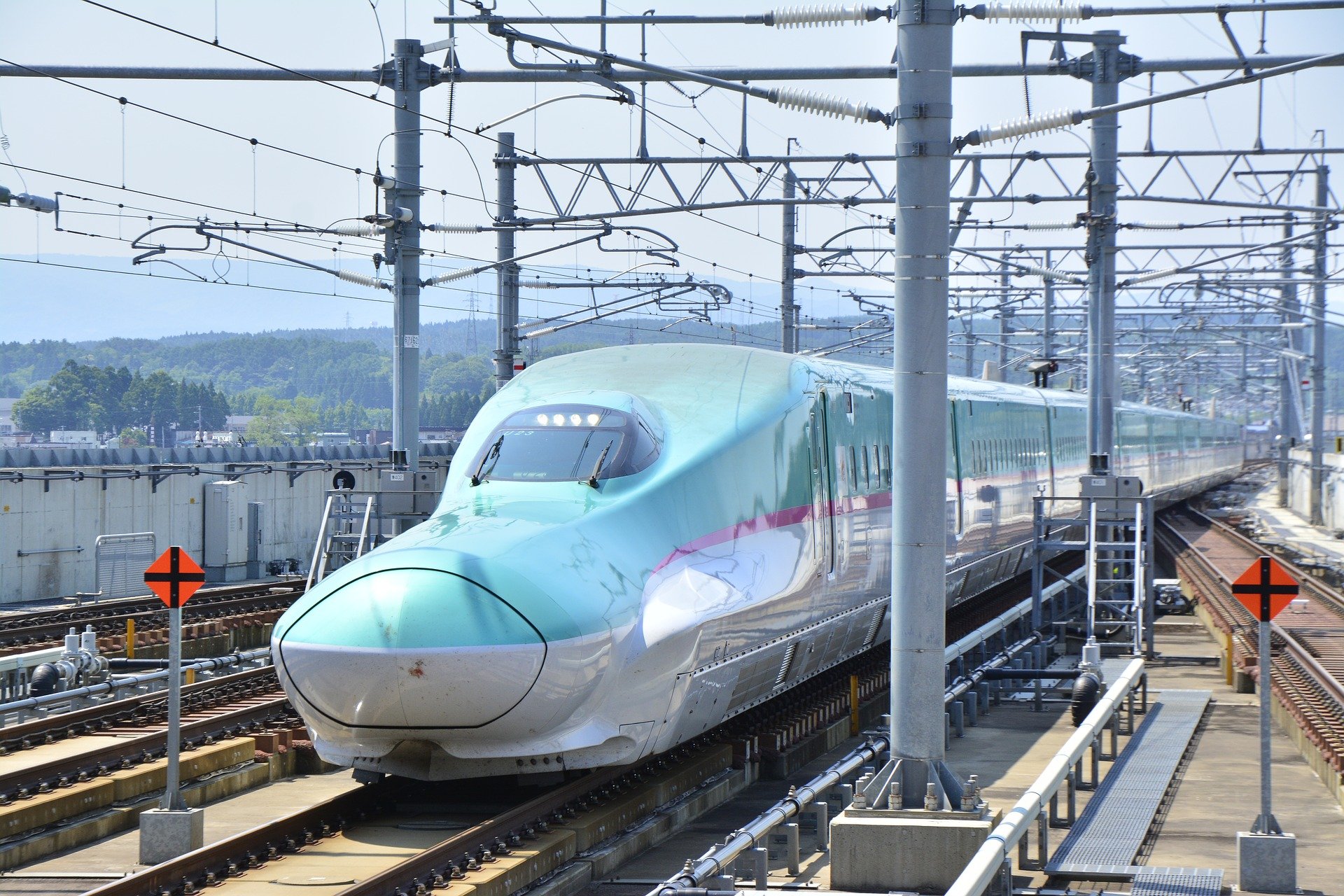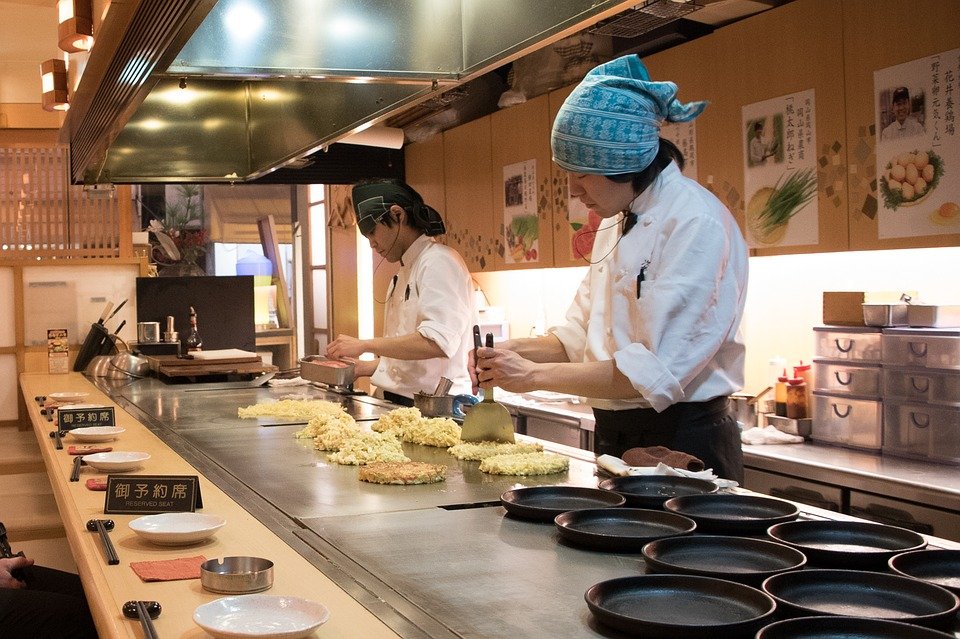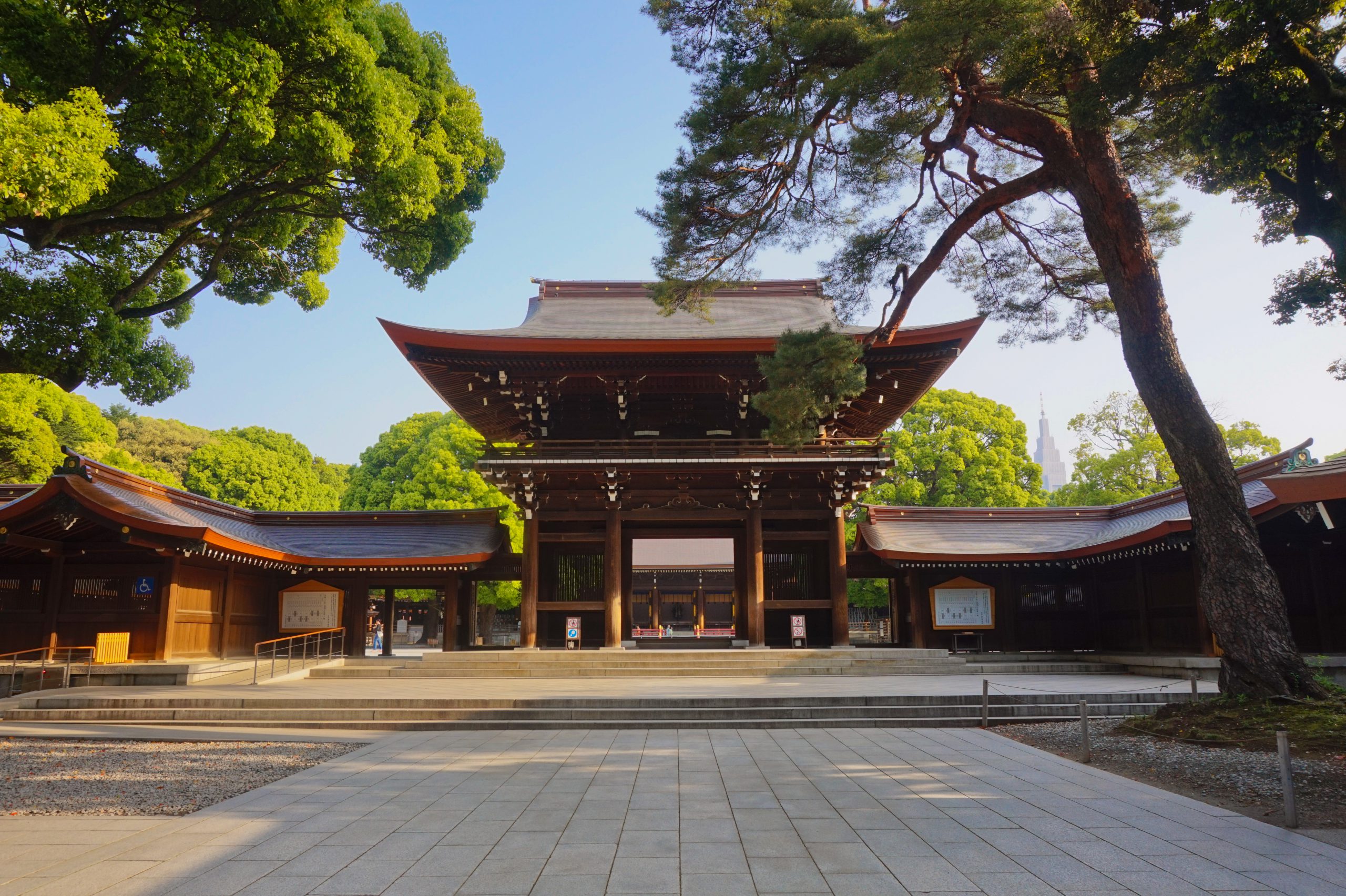Tohoku region is the north part of Japan, which consists of 6 prefectures; Aomori, Iwate, Miyagi, Akita, Yamagata and Fukushima prefecture. When you plan to travel to the Tohoku region, you may wonder how many days you will need to travel all the prefectures. In this article, we prepared a sample 7 days itinerary for your Tohoku trip which you can complete by using public transportations only; the itinerary starts from Fukushima and finishes at Miyagi prefecture to visit all 6 prefectures in 7 days.
How to travel to the Tohoku Region
Located north of Tokyo, the Tohoku region can easily be reached using the Tohoku Shinkansen. The bullet train stops at all the main station Sendai, Morioka or Aomori and from there you can travel into the region. Since April 2021, anyone with a foreign passport can purchase the JR East Pass Tohoku and take advantage of this opportunity to travel cheaper in the Tohoku region. This JR Pass lets you travel for 5 consecutive days on all JR trains and Shinkansen covered. The pass costs ¥20,000 for adults and ¥10,000 for children (6-11 years old). You can buy the JR East Tohoku Pass online or purchase the ticket at the designated ticket machine at some stations (including Tokyo, Ueno, Shinjuku, Ikebukuro, Shinagawa, Yokohama, Mito, Narita Airport, Sendai, Yamagata, Fukushima, Morioka, Hachinohe, Aomori and Akita).
To explore the Tohoku Region more flexible, we recommend you to get a rental car at the location. This will give you much more freedom to discover the more remote areas where public transportation in the area is limited and infrequent. Driving in Japan is safe and easy, read more about the rules and more in our blog driving in Japan.
If you are not comfortable driving, you can still use the public transportation but bear in mind that the service is limited in the Tohoku area, so checking the train and bus schedule beforehand is essential. You wouldn’t want to end up having to wait for a couple of hours for the next trains. If you want to make it a slower trip, it is better to make it 10 days or 14 days, which also allows you to visit more places in the beautiful Tohoku region.
▶Get a JR East Pass Tohoku Area – 5 Days Pass
Day 1 – Fukushima (Ouchijuku and Aizu-Wakamatsu)
First destination is Ouchijuku in Fukushima.There are several ways to get there from Tokyo;
From Tokyo Station
- Tokyo > Shin-Shirakawa Station (Tohoku-Hokkaido Shinkansen)
> Take Aizu Bus to Ouchijuku - Tokyo (Tohoku Shinkansen) > JR Koriyama Station > JR Aizu Wakamatsu Station > Yunokami Onsen Station >Bus (Saruyu-go) > Ouchijuku
From Asakusa Station
- Asakusa Station (Tobu Line)> Shin-Fujiwara Station > Aizu Kogen Oseguchi Station> Yunokami Onsen Station > Bus (Saruyu-go) or taxi > Ouchijuku
Ouchijuku
If you take a train around 9am, you will get to Ouchijuku around 12:30 pm. It is an old post town which prospered during the Edo period, where travelers took a rest and stayed overnight. Visit the museum to see the exhibition of pictures and tools such as the hearth and cooking stove which people used during the Edo period, and you can learn how people lived during that time in this area (admission fee: 250 yen). At Miharashidai, View Point, you can take a great picture over the traditional houses at Ouchijuku.


Eat Negi soba for lunch, it looks like the ordinal soba noodles but actually here you use Negi (green onion) instead of chopsticks to eat!
Takakura Shrine is another place to visit in Ouchijuku. In the middle of the village, you will spot the first tall torii gate, but keep walking to pass the second torii, and you will enter the forest that leads to the main shrine. After a short walk alongside rice fields from Ouchijuku to Takakura Shrine, there stands a quiet shrine in the middle of the forest to relax.
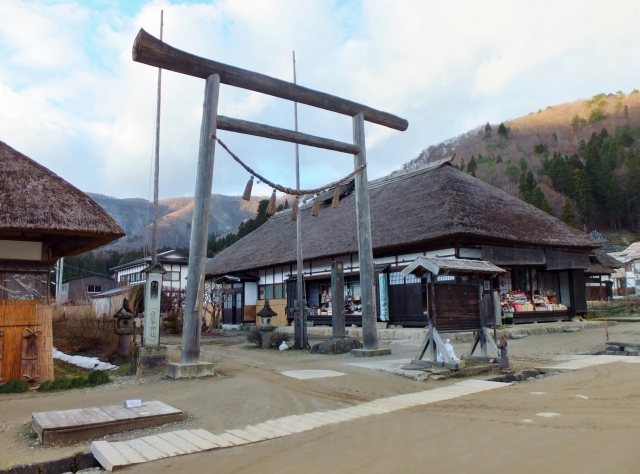
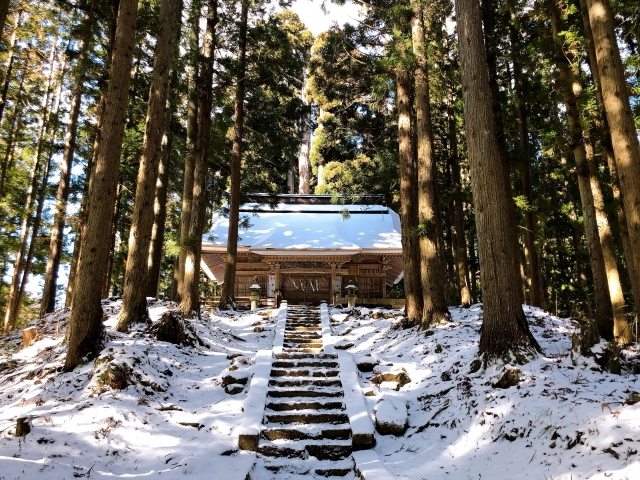
Around 2pm, leave Ouchijuku and head to Aizu-Wakamatsu. Take a bus to Yunokami Onsen Station and change to Aizu Tetsudo and get off at Aizu Wakamatsu Station. It will take about 30 minutes.
Aizu-Wakamatsu
While Tsuruga Castle is always a great option to visit in Aizu-Wakamatsu, you can also visit Sazaedo temple built in 1796, which is known for the unique shape and the spiral staircase. Around the temple, there are historical sites related to the Byakkotai, which was a group of 300 teenage samurai of the Aizu Domain who fought in the Boshin War (1868-1869). Their well-known tragic story is that 20 members of the Byakkotai spotted Tsuruga Castle engulfed in the black smoke from Mt.Iimori and they decided to commit the ritual suicide known as Seppuku. You can learn more stories of the Byakkotai at the museum and many tourists visit the gravesite to offer flowers to show their respect, which is only a 2 minutes walk from Sazaedo temple.

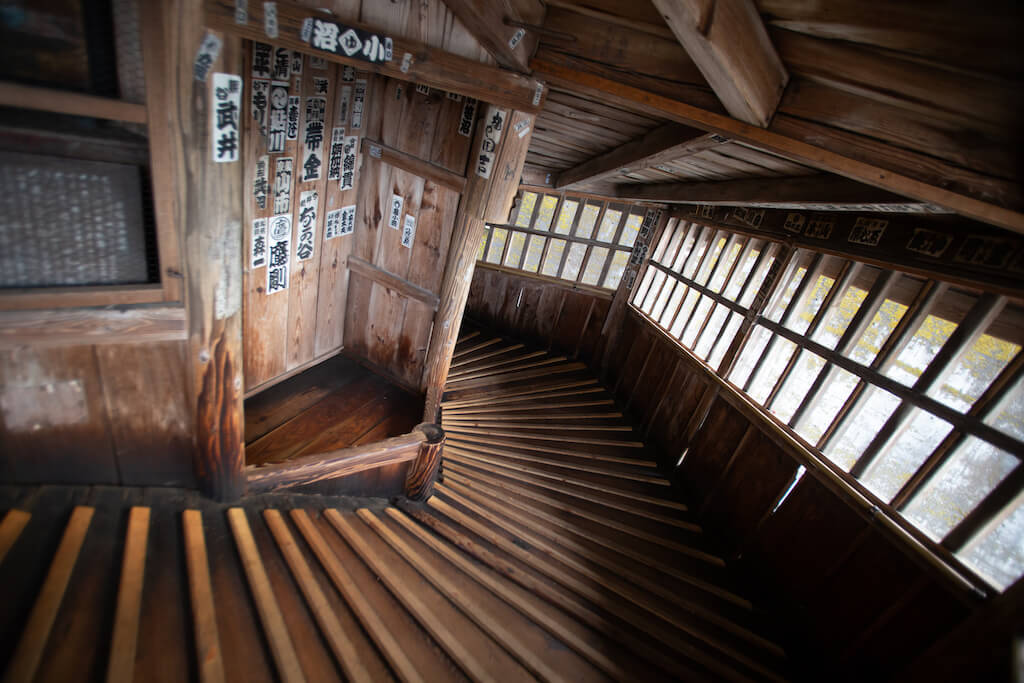
Hotels to stay in Aizu Wakamatsu
Day 2 – Fukushima (Goshikinuma)
Goshikinuma
On the second day, head to Goshikinuma, a cluster of ponds and lakes located in Bandai Plateau of Mt.Bandai, which attracts many tourists for so-called “mystic beauty” with the color of emerald green, cobalt blue, turquoise and pastel blue ponds.
In the morning around 10am, take JR Ban-Etsusai Line to Iwashiro Station from Aizu Wakamatsu Station, and then take a bus to Nagamine Funatsuki Bus Stop, the nearest bus stop to Goshikinuma. It will take about 1 hour and 15 minutes.

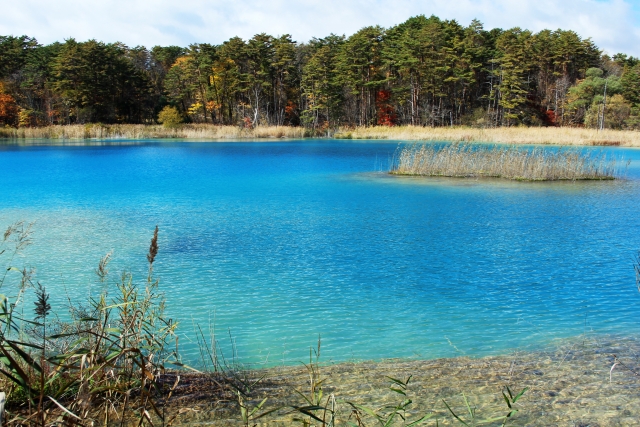
Around 2:30 pm, take a bus from Nagamine Funatsuki to Inawashiro Station, and then take a Ban-Etsusai Line to Koriyama Station, and transfer to Yamagata Shinkansen to head to the next destination, Yamagata Station. It is a long journey (about 4 hours 15 minutes), so we recommend you to enjoy Ekiben on the Shinkansen! Once you get there, check in to your hotel near Yamagata Station, and take a nice evening stroll and enjoy local foods and sake at Izakaya!
Hotels to stay near Yamagata Station
If you’re planning on strictly following our 7-day itinerary, you probably won’t have time on this trip, but we highly recommend seeing other parts of Fukushima, as it has so much to offer. You may hear the word Fukushima and be reminded of everything that happened in 2011. There are a lot of misconceptions that the area is still unsafe to visit, but this is not true. Explore the area on our 2-day Nuclear Power Plant and Disaster area tour, and you will find out the truth about everything, see how far they have come in the reconstruction process, and even have a chance to go into the nuclear power plant!
Day 3 – Yamagata
First thing in the morning, visit Yamadera. It takes only 15 minutes from Yamagata Station to Yamadera Station by JR Senzan Line. The official name of Yamadera is Hoshuyama Risshaku Temple, which is the Tendai Sect temple established in 860. Climb up 1,000 steps to the top of the mountain, a round trip will take about 1 hour to 1.5 hour to complete.
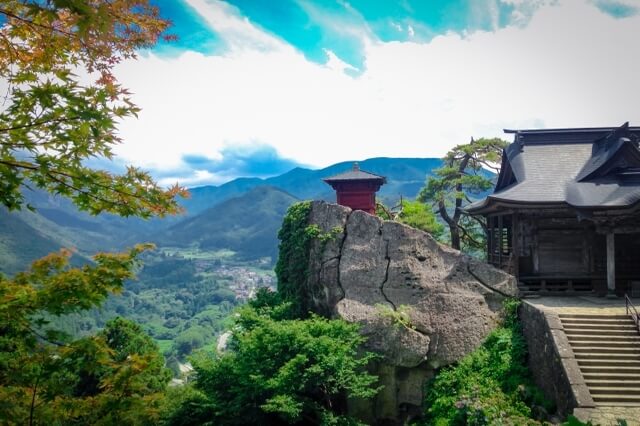
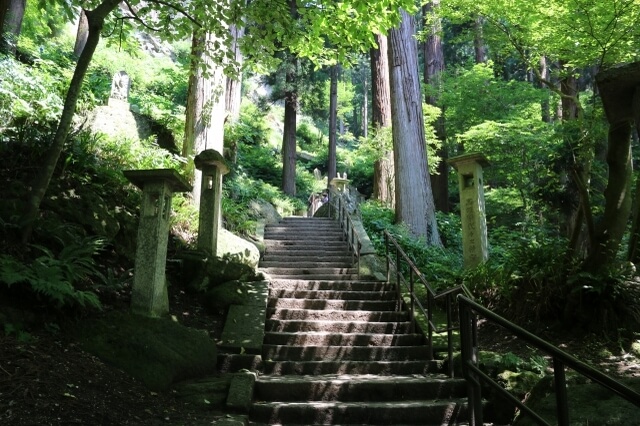
Around noon, head back to Yamagata Station and head to Ginzan Onsen, the traditional hot spring town which is naturally a great place to stay on your Tohoku trip! Take Yamagata Shinkansen to Oishida Station, or if you prefer taking the local line, you can take JR Senzan Line from Yamadera Station and get off at Uzen Chitose Station, and change to Yamagara Line to Oishida Station. It takes about an hour either way. You can take a bus from Oishida Station to Ginzan Onsen (40 minutes).
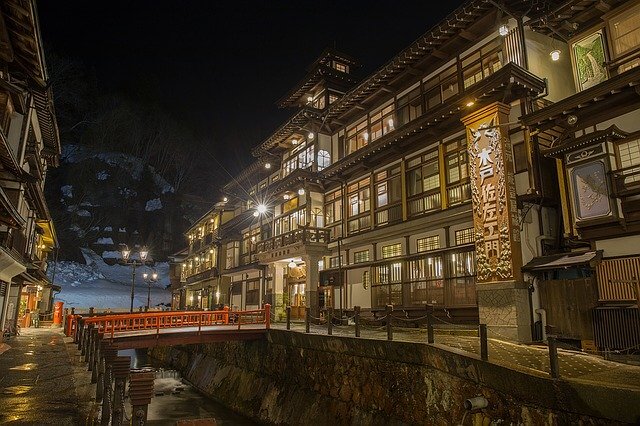

Hotels to stay in Ginzan Onsen
Day 4 – Akita
After having a relaxing evening at onsen hot spring, head to the third prefecture on the itinerary; Akita. From Oishida Station, take Yamagata Shinkansen to Shinjo Station, and then transfer to JR Ou Line and get off at Yokote Station. After about a 3 hours train ride, you will finally be in Akita prefecture.
Let’s explore around the Yokote area for a couple of hours before heading to Kakunodate Samurai District. You can choose from Yokote Park, Akita Museum of Modern Art and Akita Furusato Village for your local experience. During winter, this area is famous for Kamakura snow hut, and you can see the exhibition of snow huts at Kamakura-kan all year round.

At 2pm, take Akita Shinkansen to Omagari Station and then transfer to Shimonobu Line to Kakunodate Station. You can either walk for 15 minutes or take a bus to Yokomachi-Jumonji to the Samurai District, which used to be a castle town during the Edo period. You can visit actual Samurai Houses, and if you rent a kimono and take a rickshaw ride, it’ like traveling back in time. In spring about 400 beautiful weeping cherry trees will welcome many visitors!

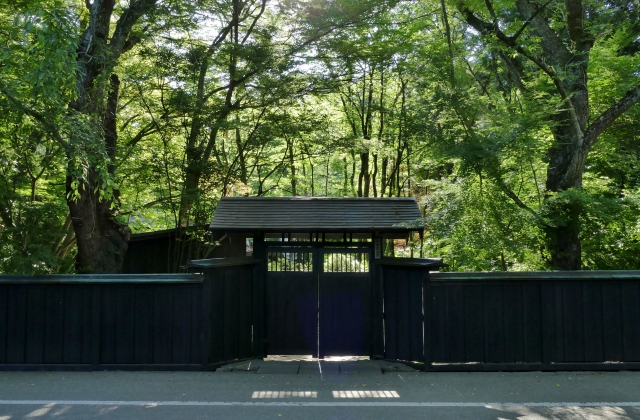
After 6pm, take Akita Shinkansen from Kakunodate Station to Akita Station, eat Kiritanpo for dinner around the station, and then take a rest at the hotel.
Hotels to stay near Akita Station
Day 5 – Aomori
Wake up early and be ready for a long train ride to Aomori today. Around 8:30 am, take JR Ou Line to Owani Onsen Station, and then walk to Owani Station to get a Konan Tetsudo-Owani Line to Chuo Hirosaki Station. After about 4 hours of travel, you can finally visit Hirosaki Castle, one of the 12 original castles in Japan.


After spending a couple of hours exploring Hirosaki Castle it’s time to head to Aomori Station in the afternoon. Take Konan Tetsudo-Owani Line at Chuohirosaki Station to Ginjukukodo-Mae Station, and then walk to Ishikawa Station to take JR Ou Line to get to Aomori Station (~1.5 hours). You can’t leave Aomori without learning about the Nebuta Festival at Nebuta Museum WA RASSE, one of the biggest summer festivals in Japan, during summer time it opens until 7pm (May-Sep). And for souvenir gift shopping and trying local sweets, stop by A-FACTORY near the museum.
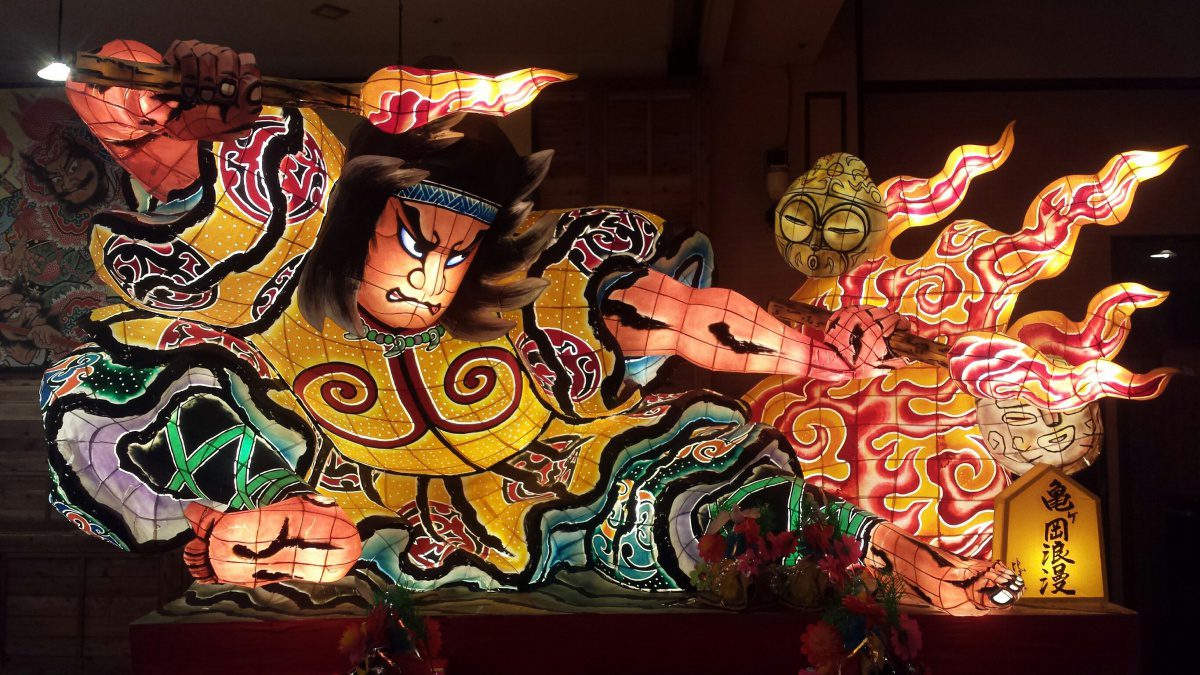
Hotels to stay near Aomori Station
Day 6 – Iwate
At 9:30 am, head to Aomori Station and take JR Ou Line to Shin Aomori Station, and then transfer to Tohoku-Hokkaido Shinkansen and get off at Hiraizumi Station. Around 1 pm, you finally get to the destination, and begin to explore around Hiraizumi area in Iwate prefecture. Once you get off at the station, and wonder what you should do, you can visit the tourist information center situated right in front of the station. They will kindly show you great spots to visit in the Hiraizumi area which is full of historical sites and treasures dating back to the Heian Period (794-1185).
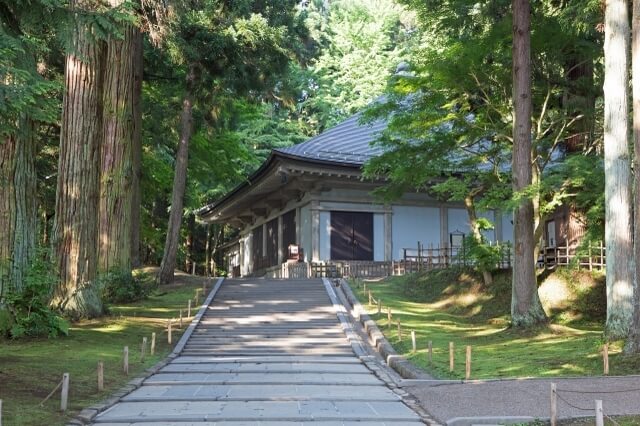
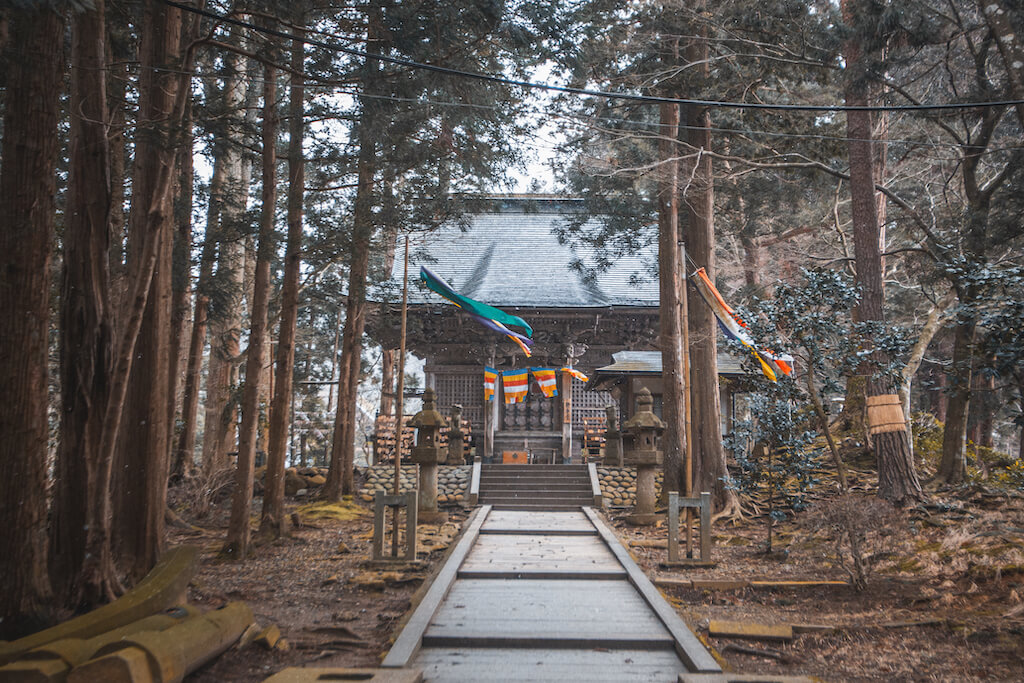
Chusonji temple is a must-visit place, which is registered on the World Heritage Sites. The main hall is located on the top of the hill, you can enjoy a pleasant hike among the beautiful old cedar trees which are easily over 300 years old. Chusonji has preserved over 3,000 cultural properties including Konjikido, which is a hall covered in gold built in 1124. When you get hungry, try Wanko Soba which is an all-you-can-eat style of soba noodles which originated in Iwate. Yoshiie is the soba restaurant serving Wanko Soba conveniently located on the way to the temple.
At 5pm, it’s time to head to the hotel. Walk back or take a local bus to Hiraizumi Station, take JR Tohoku Line to Ichinoseki Station. About 30 minutes later, you will arrive at Ichinoseki Station, where visitors can enjoy the remains of the old castle town during the Edo period. If time permits, you can walk around the station to visit the old samurai house and the sake museum which was renovated from sake brewery, where you can enjoy the local beer and sake.
Hotels to stay in Ichinoseki
Day 7 – Miyagi
The last day of your Tohoku trip has come. It’s only 30 minutes away from Ichinoseki Station to Sendai Station by Tohoku-Hokkaido Shinkansen. Sendai in Miyagi prefecture is the largest city of the Tohoku region. When you get to Sendai Station in the morning, head to Sendai Asaichi, the lively morning market which is only 5 minutes away from the station. There are about 70 small shops lined up selling fresh seafood, fruits and vegetables etc. Visit Shoke for breakfast, they offer some fresh sushi bowls for ¥500 with small plates and miso soup.
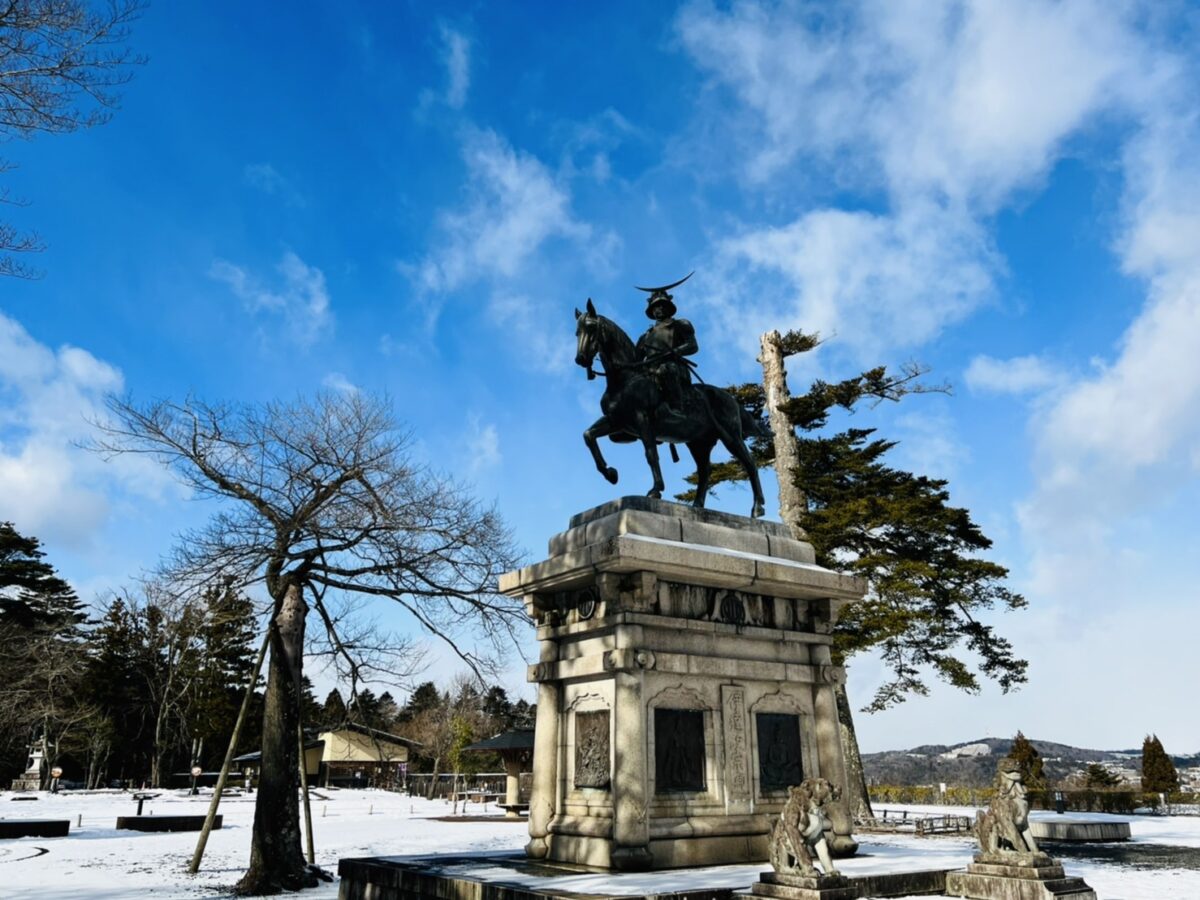
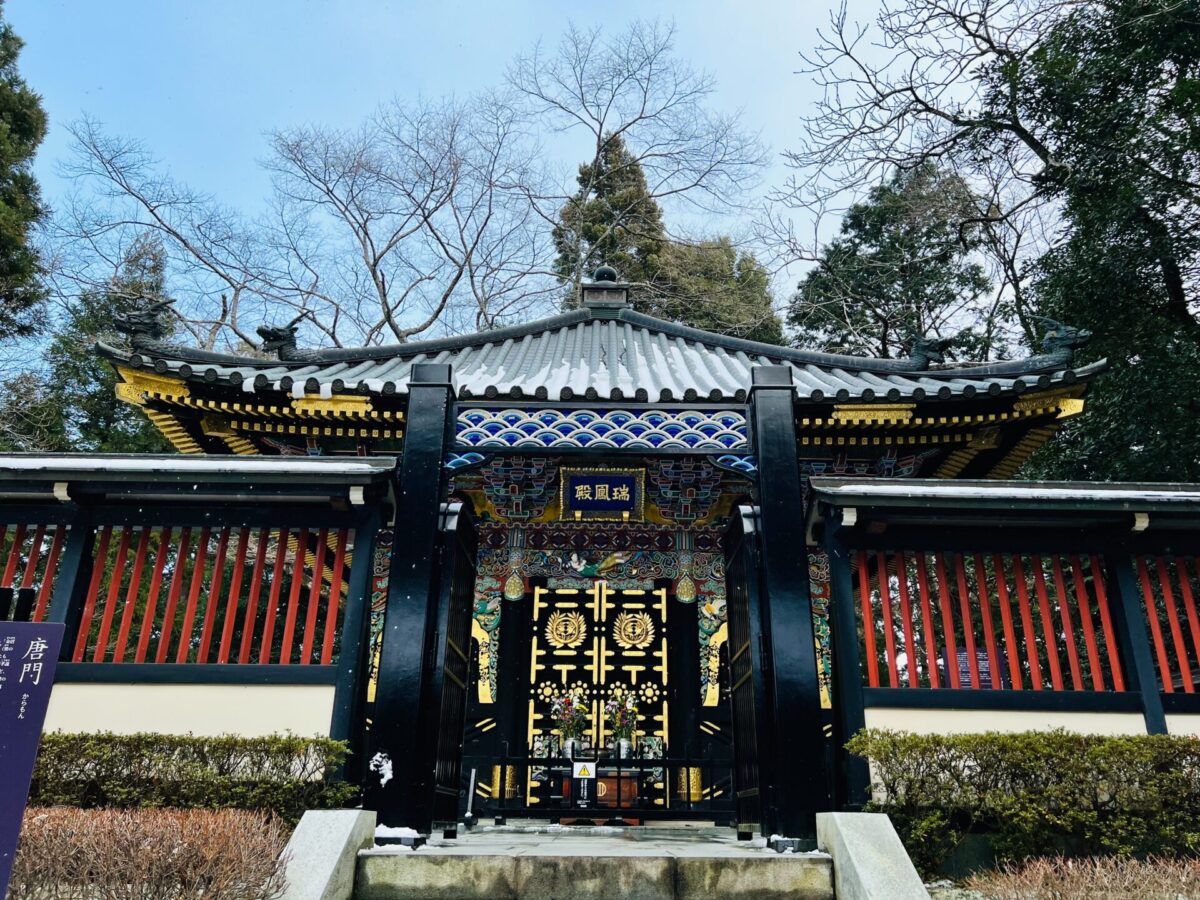
It’s a good idea to visit the historical sites such as Aoba Castle(Sendai Castle) and Zuihoden, or you can make a short trip to Matsushima for the scenic view of the Matsushima Bay. Read The Best Things to Do in Sendai to get more ideas!
Going back to Tokyo is pretty easy from Sendai Station, 1.5 hours ride on Shinkansen and then you are back to Tokyo Station. Don’t forget to buy the Gyutan Ekiben to savor the taste of Sendai’s specialty on the Shinkansen on the way home!
Japan Rail Pass
When planning your trip in the Tohoku region for a longer period of time or traveling to other regions as well, consider the Japan Rail Pass too. If you are an international traveler (not applicable for foreign residents), this pass helps you to save a lot of money. The Japan Rail Pass, or commonly referred to as JR Pass, is the most economical means of travelling throughout Japan, especially for long distance train travel. The pass can be used by anyone visiting Japan on a short-term tourist visa only and offers unlimited use of transportation offered by the JR Group. For the details, please check out the article below!
Japan Wonder Travel Tours
Japan Wonder Travel is a travel agency offering guided tours in Japan. From private walking tours to delicious Food and Drink tours, we will organize the greatest tours for you! If you want to explore around Japan to learn more histories and backstories of the area, our knowledgeable and friendly guide will happily take you to great spots! Also, we can provide you with any assistance for your upcoming trip in Japan, so please feel free to contact us if you have any questions/need some help!
- Fukushima Daiichi Nuclear Power Plant Visit 2-Day Tour from Tokyo
- Sendai & Matsushima 1-Day Highlight Private Walking Tour
- Tokyo 1-Day Highlights Private Walking Tour
Follow us on Instagram, Facebook, Twitter, and TikTok for more travel inspiration. Or tag us to get featured!
Happy traveling!
Stay informed of the best travel tips to Japan, the most exciting things to do and see, and the top experiences to have with the Japan Wonder Travel Newsletter. Every week we will introduce you to our latest content.
Other articles you might like



This post may contain some affiliate links. When you click through and make a purchase we may receive some commission, at no extra costs to you.
